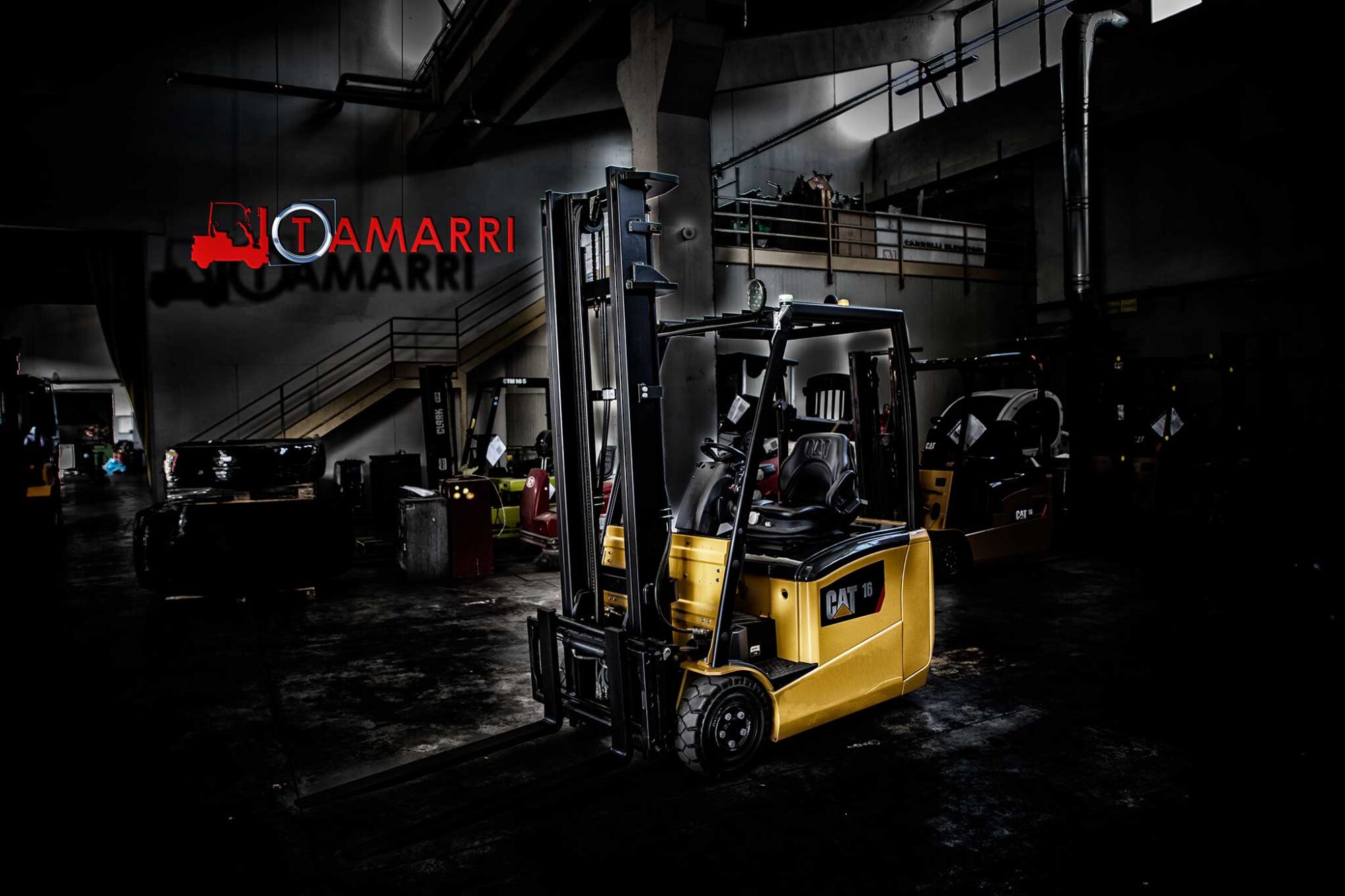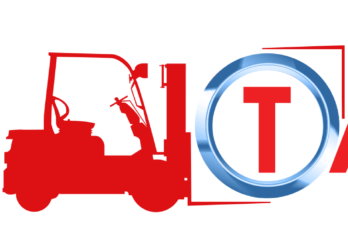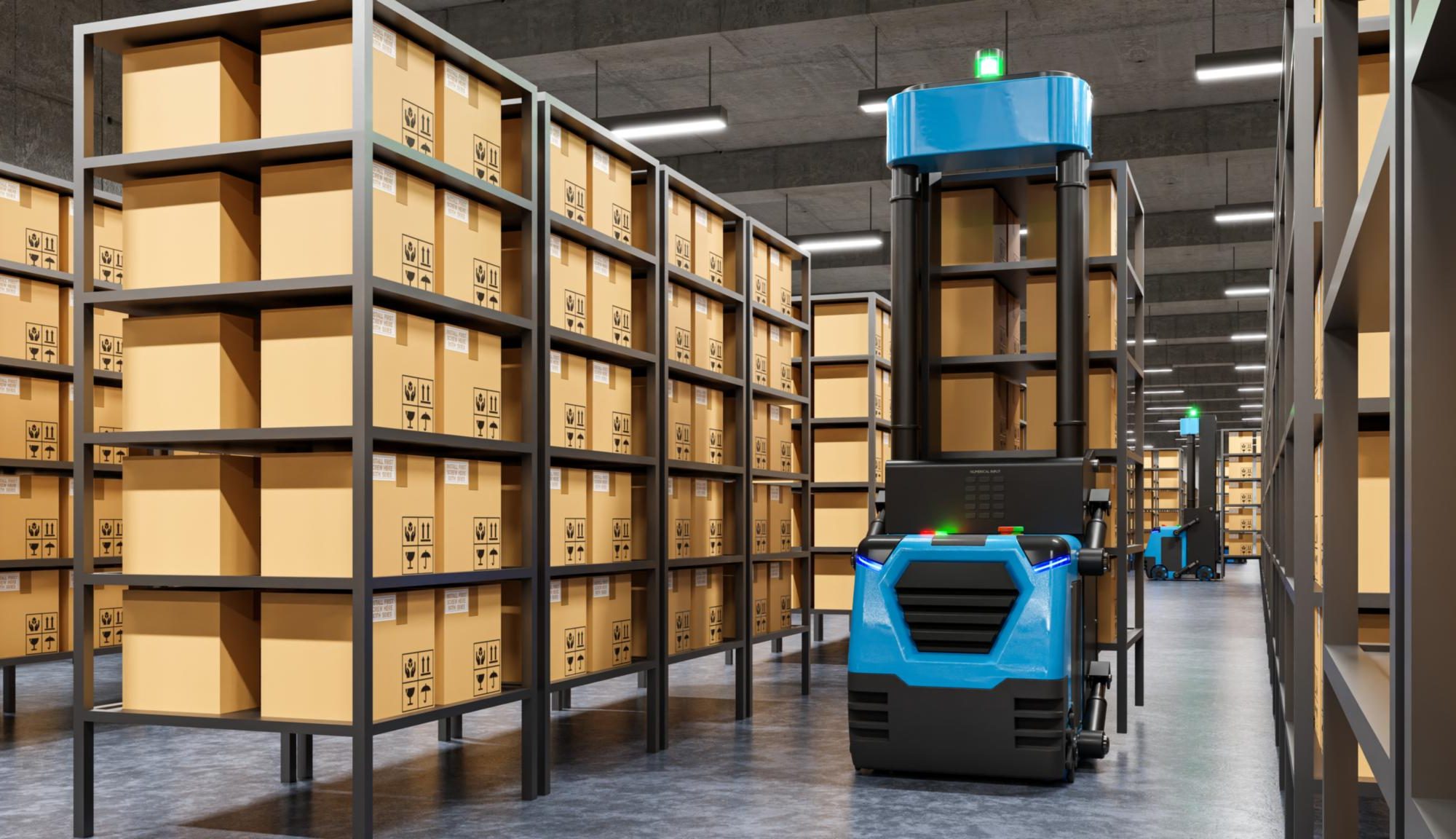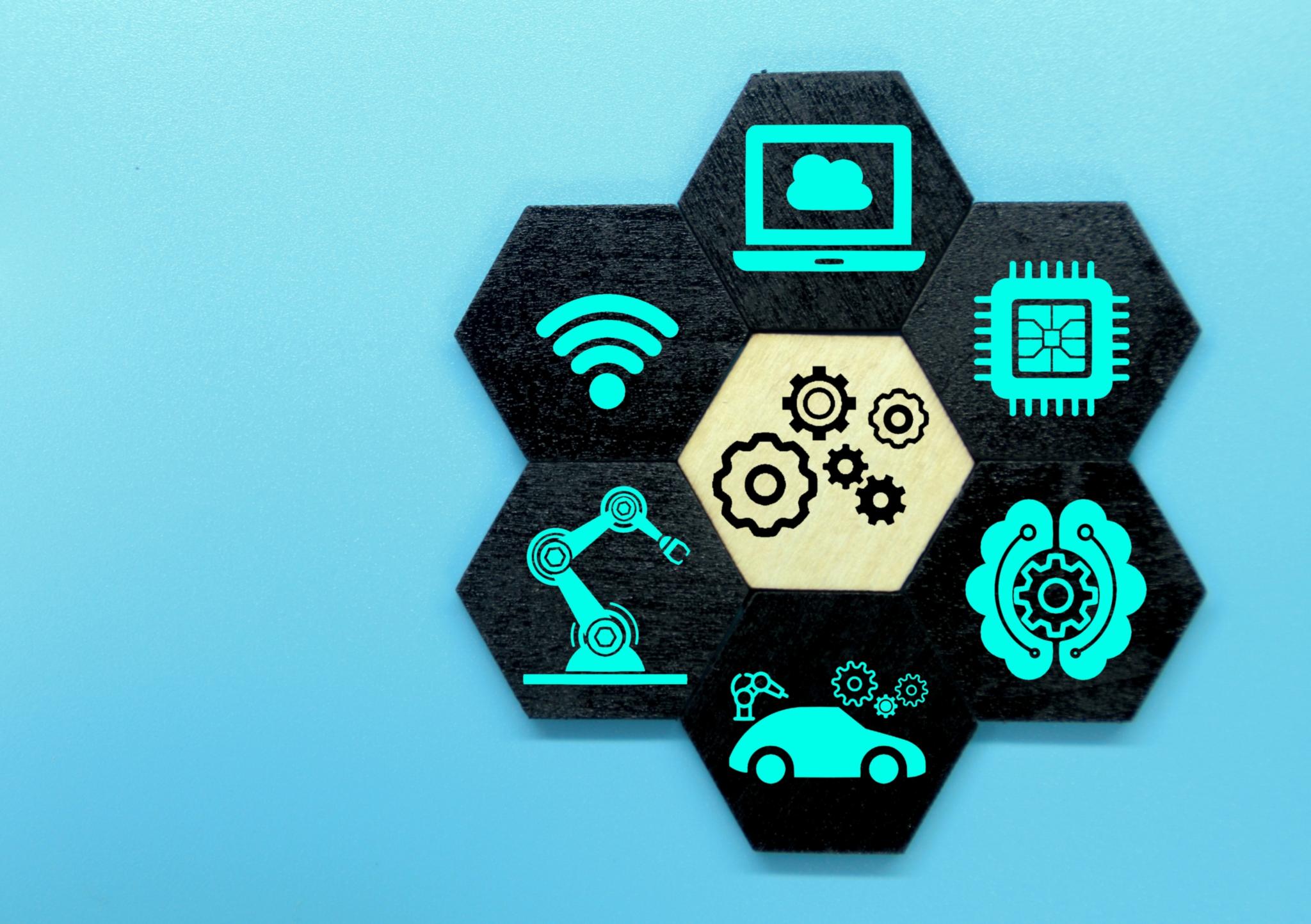Industry 4.0: a process set to make industrial production automated and interconnected. Some more information on smart machines.
Industry 4.0: some historical background
The term Industry 4.0 refers to a process intended to make industrial production automated and interconnected, that means carried out by means of smart, interconnected machines that communicate with the Internet.
It is considered the “4th Industrial Revolution.” The main idea is the digitization and computerization of the production chain leading to the final product, which is considered “smart” due to its connection to the internet.
Factory 4.0 represents therefore not only the introduction of new technologies into the company, but also a real reconfiguration of the production process.
The concept of Industry 4.0 was first born in 2011 in Germany. The name concept was given by a working group headed by a large company and a scientific academy.
In 2014, the EU Commission issued a Communication entitled “An Industrial Renaissance for Growth and Jobs,” in which its intention to put industry at the top of the European agenda to halt industrial decline and re-industrialize Europe emerged.
In April 2016, given the need for centralized coordination among several countries (the Netherlands, Slovakia, France and Italy) that were moving on this issue unevenly, the European Commission presented the plan for Industry 4.0.
Why the “National Industry 4.0 Plan?”
Italy is one of the countries that seized the German initiative and the EC Communication. In November 2015 the MISE presented the document “Industry 4.0, the Italian way to manufacturing competitiveness,” containing an action strategy to promote the development of the fourth industrial revolution: from boosting industrial investment, with a focus on R&D, knowledge and innovation, to ensuring network security (cyber-security) and privacy protection.
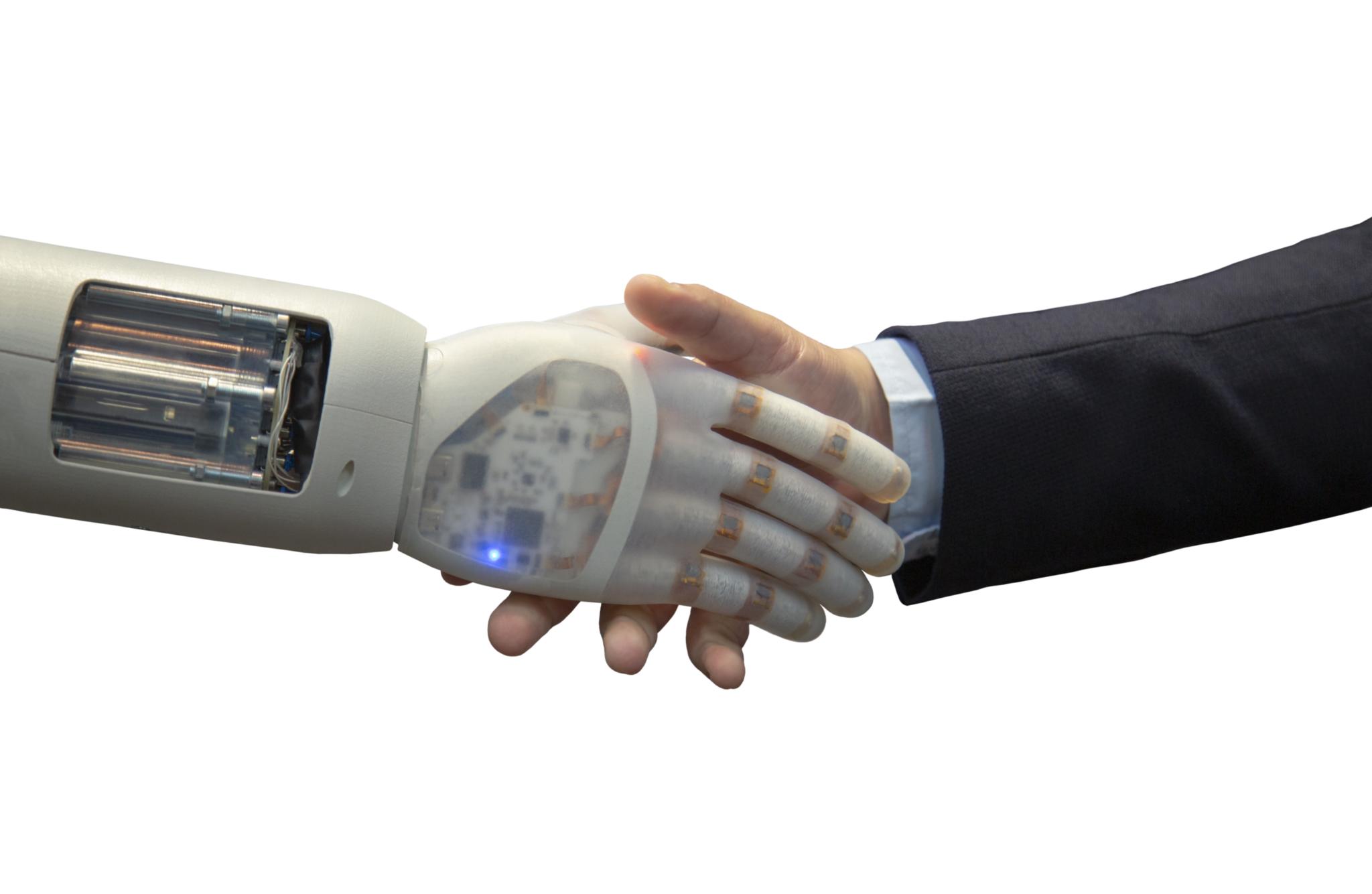
In September 2016, the National Industry 4.0 Plan was unveiled, later incorporated into the Stability Law for 2017, with the aim of innovating entrepreneurs’ investments. Industry 4.0 has been at the center of economic transformation in Italy and around the world for several years. Companies are increasingly digital and interconnected: the fourth industrial revolution has also begun in Italy, the second largest manufacturing country in Europe.
In an increasingly modern and interconnected context, it is essential to give a concrete response of digitization in all industrial sectors, especially in logistics, material handling and control of operational means within these important supply chains.
Legislation
Thanks to the ad hoc government plan and subsequent evolutions and revisions, we have arrived at the recent “Industry 4.0 Plus Plan,” which provides the so-called Tax Credit (the former Hyper and Super Depreciation) among many technical and fiscal benefits,). A fundamental but not unique lever for introducing a new modernization paradigm in industry.
The project was born precisely as part of this “4.0 revolution,” to design, implement and market the SMARTPASS Evo 4.0 platform.
It is a complete platform for the monitoring/management of handling equipment (especially forklifts, pallet trucks, earthmoving, agricultural and other machines) consisting of two main elements.
– A hardware device to be installed on each vehicle that you wish to manage (SMARTreader Evo 4.0)
– A cloud platform implemented for a complete management of data, logs, and alerts sent and received by the device (SmartPass cloud service).
The SMARTPASS Evo 4.0 system is certified by external body “ECO Certifications S.p.A. and it is placed under the category of intelligent devices, instrumentation and components for integration, sensorization and/or interconnection and automatic process control also used for the modernization or for the revamping of existing production systems.”
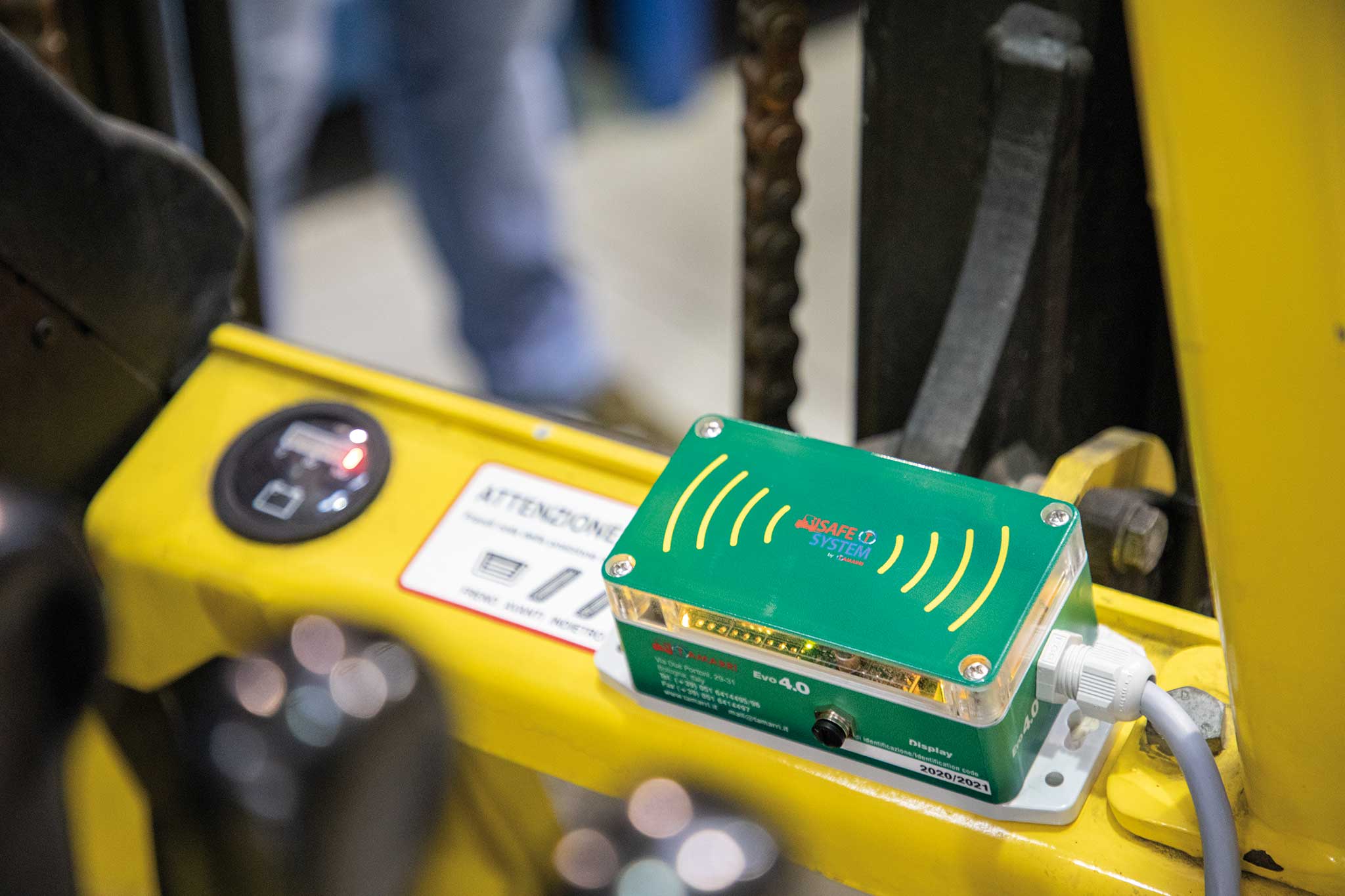
The SMARTPASS Evo 4.0 device has features that enable it to be selected for 4.0. In order to benefit directly for the advantages or make the advantages available for its user customer, it is necessary to certify the vehicle with the assembled device. The certification must be under the name of the person who benefits from the tax break.
Industry 4.0 for rentals
Are renters eligible for depreciation and Tax Credit benefits?
– AdE Circular 03/2017 and the 04/2017 clarify that assets used under an operating lease or rental agreement are excluded from the benefit. For such assets, the surcharge, if the requirements are met, may occur to the lessor or lessee. It must be noted that the benefit occurs only if the rental activity or operating lease constitutes the main object of the business.
– Clarification AdE 01/2020: the possibility to access to the accounting / tax benefit is due if such leasing activities are activities habitually carried out by the enterprise, i.e. activities that although they are not prevalent (under the point of view of resources committed and book values), they are nonetheless not occasional but typical, habitual, precisely, and substantial as in the case of the writer.
What is meant by “Interconnection”?
In order for a product, considering the provisions of Article 1(11) of the 2017 Budget Law, to be defined as “interconnected,” it is necessary and sufficient that:
-It exchanges information with internal systems(e.g.: management system, planning systems, product design and development systems, monitoring, including remote monitoring and control, other machines in the plant, etc.) and/or external systems(e.g.: customers, suppliers, partners in collaborative design and development, other production sites, supply chain, etc.) using a connection based on documented, publicly available and internationally recognized specifications(examples: TCP-IP, HTTP, MQTT, etc.).
-It is uniquely identified, in order to recognize the origin of the information, using internationally recognized addressing standards (e.g., IP address)
Mobile Machinery – MiSE Circ 23.05.2018 clarifications
- – “Machinery, including traction and operating machinery, tools and devices for loading and unloading, handling…” (Annex A, first group-point 11)- A requirement for automatic or semi-automatic driving is introduced for mobile machines
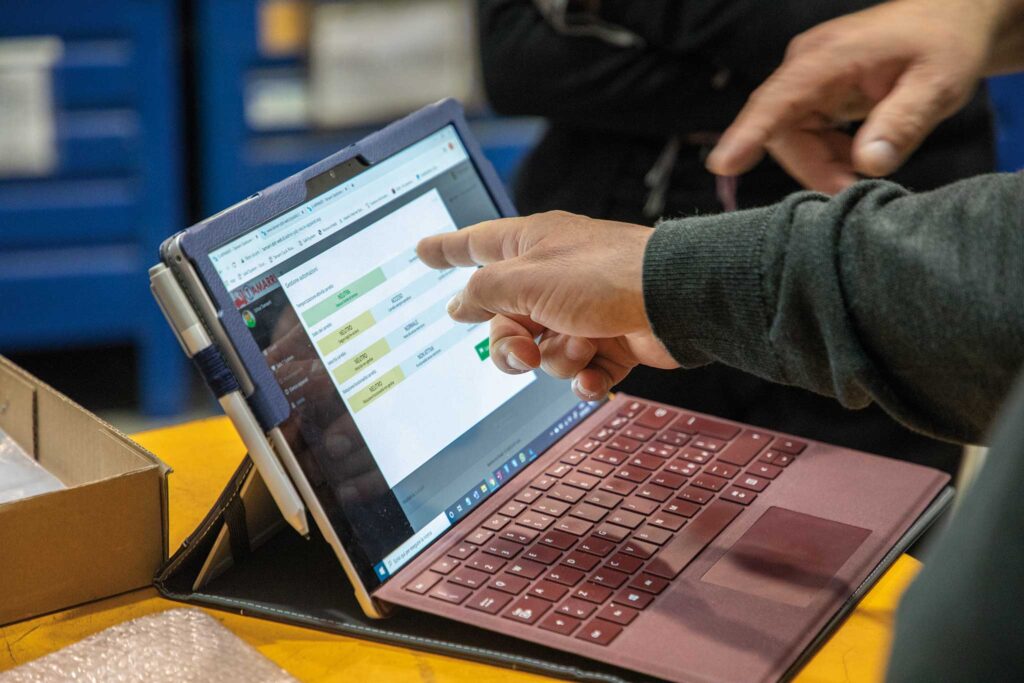
- – Automatic or semiautomatic driving does not constitute an autonomous and additional requirement to those required by the facilitating regulations, but rather a technological feature or, in other words, a mode through which, for the “mobile machines” in question, the requirements of interconnection and automated integration is achieved.- With reference to the case of semiautomatic driving, it is clarified that, for the purposes of the hyper depreciation rules, semiautomatically guided “mobile machines” are those equipped with driving systems capable of controlling at least one displacement function: for example, steering, speed, stopping.
– Automatic and semiautomatic driving is required, for example: for agricultural tractors, for wheel loaders or dumpers used on construction sites and in construction activities in general, and for trucks used in ports for container handling.
Tamarri S.r.l. stands for an ‘increasingly interconnected and innovative industry! 😉
